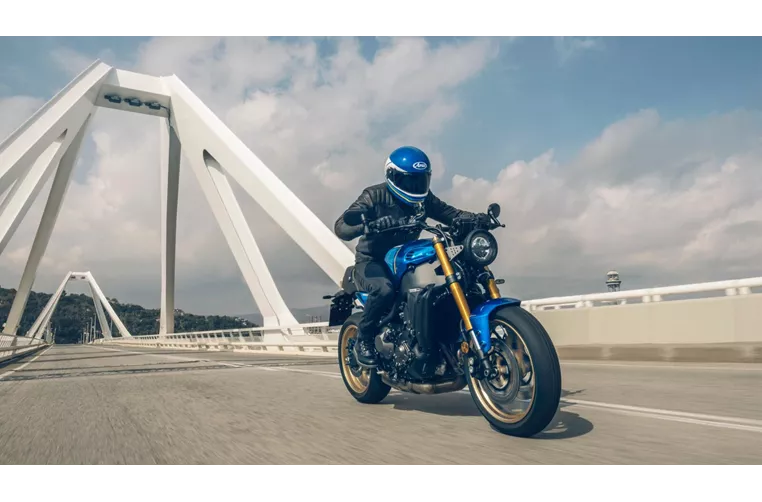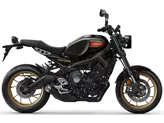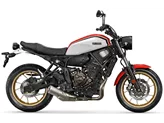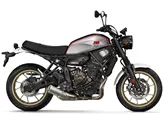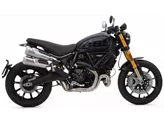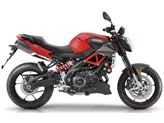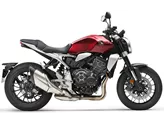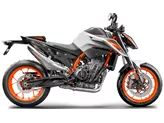Yamaha R1M 2015 vs. Yamaha XSR900 2022

Yamaha R1M 2015
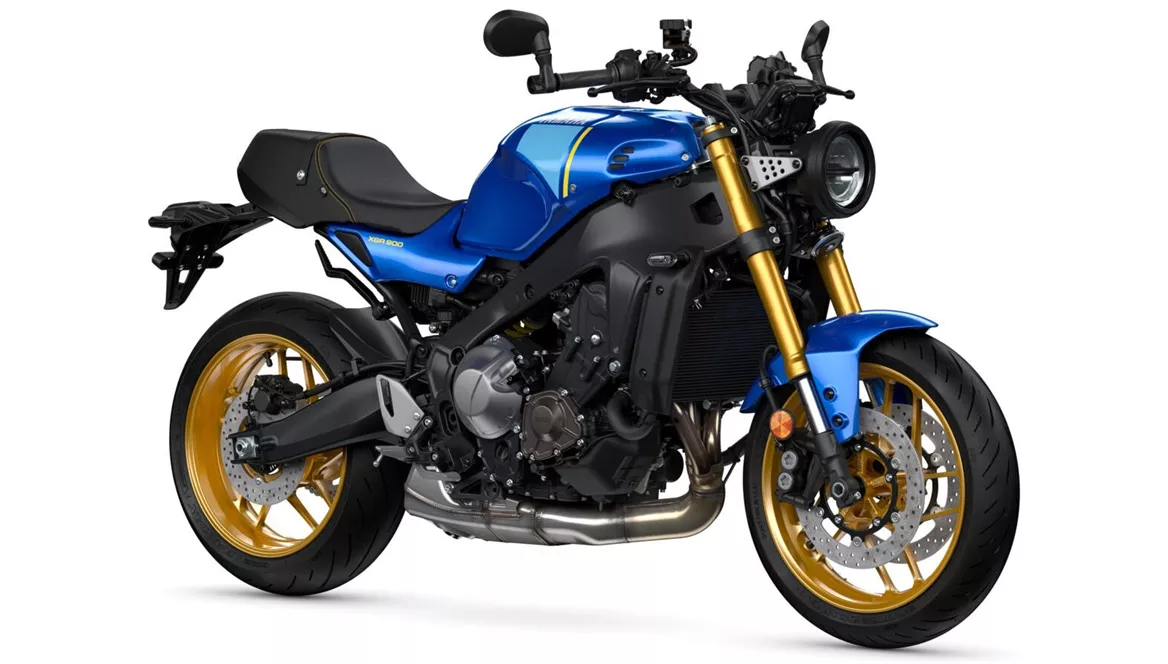
Yamaha XSR900 2022
Overview - Yamaha R1M 2015 vs Yamaha XSR900 2022
The Yamaha R1M 2015 and the Yamaha XSR900 2022 are both impressive motorcycles, but they have distinct differences in terms of their technical specifications and strengths.
Starting with the Yamaha R1M 2015, this supersport bike boasts a powerful engine with a bore of 79 mm and a stroke of 50.9 mm. It delivers an impressive engine power of 200 HP and a torque of 112.4 Nm. With a compression ratio of 13, this bike is designed for high-performance riding. It features a liquid-cooled engine with four cylinders and four valves per cylinder, utilizing DOHC technology. The R1M 2015 is equipped with an advanced rider assistance system, including launch control, traction control, and anti-wheelie features. Its suspension system, provided by Öhlins, offers excellent performance, with an upside-down telescopic fork in the front and Öhlins brand suspension in the rear. The aluminum Deltabox frame provides a solid foundation for the bike. The R1M 2015 comes with double disk brakes in the front, ensuring reliable stopping power. It has a front tire width of 120 mm and a rear tire width of 200 mm, both with a diameter of 17 inches. The wheelbase measures 1405 mm, and the seat height is 855 mm. With a kerb weight of 200 kg (with ABS) and a fuel tank capacity of 17 liters, this bike is built for speed and performance.
On the other hand, the Yamaha XSR900 2022 is a naked bike that offers a different riding experience. It features a slightly smaller engine with a bore of 78 mm and a stroke of 62.1 mm. The engine power is 119 HP, and the torque is 93 Nm, making it less powerful than the R1M 2015 but still impressive for a naked bike. The compression ratio is 11.5, and it has a liquid-cooled engine with three cylinders and four valves per cylinder, utilizing DOHC technology. The XSR900 2022 comes with an advanced rider assistance system, including ABS, riding modes, cornering ABS, ride by wire, shift assistant with blipper, cruise control, and traction control. The suspension system, provided by Kayaba, features an upside-down telescopic fork in the front and Kayaba brand suspension in the rear. The aluminum frame, with a twin-tube design, offers stability and durability. The XSR900 2022 is equipped with double disk brakes in the front, ensuring reliable braking performance. It has a front tire width of 120 mm and a rear tire width of 180 mm, both with a diameter of 17 inches. The wheelbase measures 1495 mm, and the seat height is 810 mm. With a kerb weight of 193 kg (with ABS) and a fuel tank capacity of 15 liters, this bike strikes a balance between performance and practicality.

Yamaha R1M 2015
In terms of strengths, the Yamaha R1M 2015 stands out for its high-quality hardware components for the chassis, including the Öhlins suspension system. It is a finished racing machine that is still road legal, allowing riders to experience the thrill of the track on public roads.
On the other hand, the Yamaha XSR900 2022 has its own set of strengths. It offers a powerful engine and comes with a quickshifter as standard, allowing for smooth and effortless gear changes. The XSR900 2022 also features good brakes and an extensive electronics package, including ABS, riding modes, cornering ABS, ride by wire, shift assistant with blipper, cruise control, and traction control. Its sporty yet everyday ergonomics make it a versatile choice for riders. Additionally, the XSR900 2022 provides value for money and offers many accessories available ex works, allowing riders to customize their bike to their preferences.
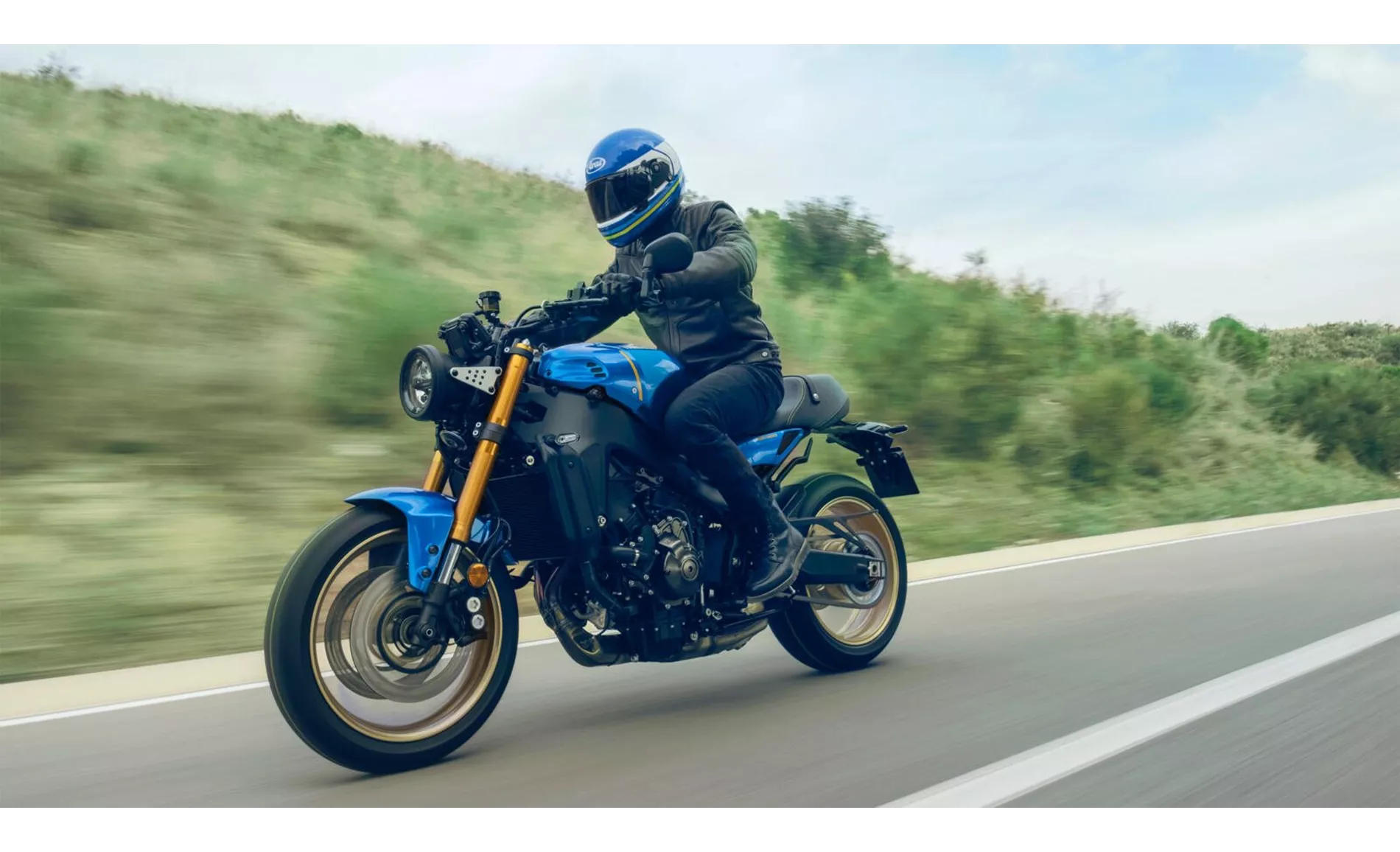
Yamaha XSR900 2022
However, both bikes have their weaknesses. The Yamaha R1M 2015 has a limited number of units available, making it difficult for riders to get their hands on this exclusive model. Additionally, the quickshifter on the R1M 2015 only supports upshifting, which may be a drawback for riders looking for seamless gear changes in both directions.
On the other hand, the Yamaha XSR900 2022 has a few weaknesses to consider. Some riders may find the seat to be uncomfortable for long rides, and the low steering angle may limit maneuverability in certain situations.
In conclusion, the Yamaha R1M 2015 and the Yamaha XSR900 2022 are both impressive motorcycles with their own unique features and strengths. The R1M 2015 is a high-performance supersport bike with top-of-the-line hardware components, while the XSR900 2022 offers a balance between performance and practicality, with a powerful engine and a range of advanced rider assistance systems. Ultimately, the choice between these two bikes depends on the rider's preferences and intended use.
Technical Specifications Yamaha R1M 2015 compared to Yamaha XSR900 2022
Pros and Cons in comparison
Pros and Cons in comparison
Yamaha R1M 2015
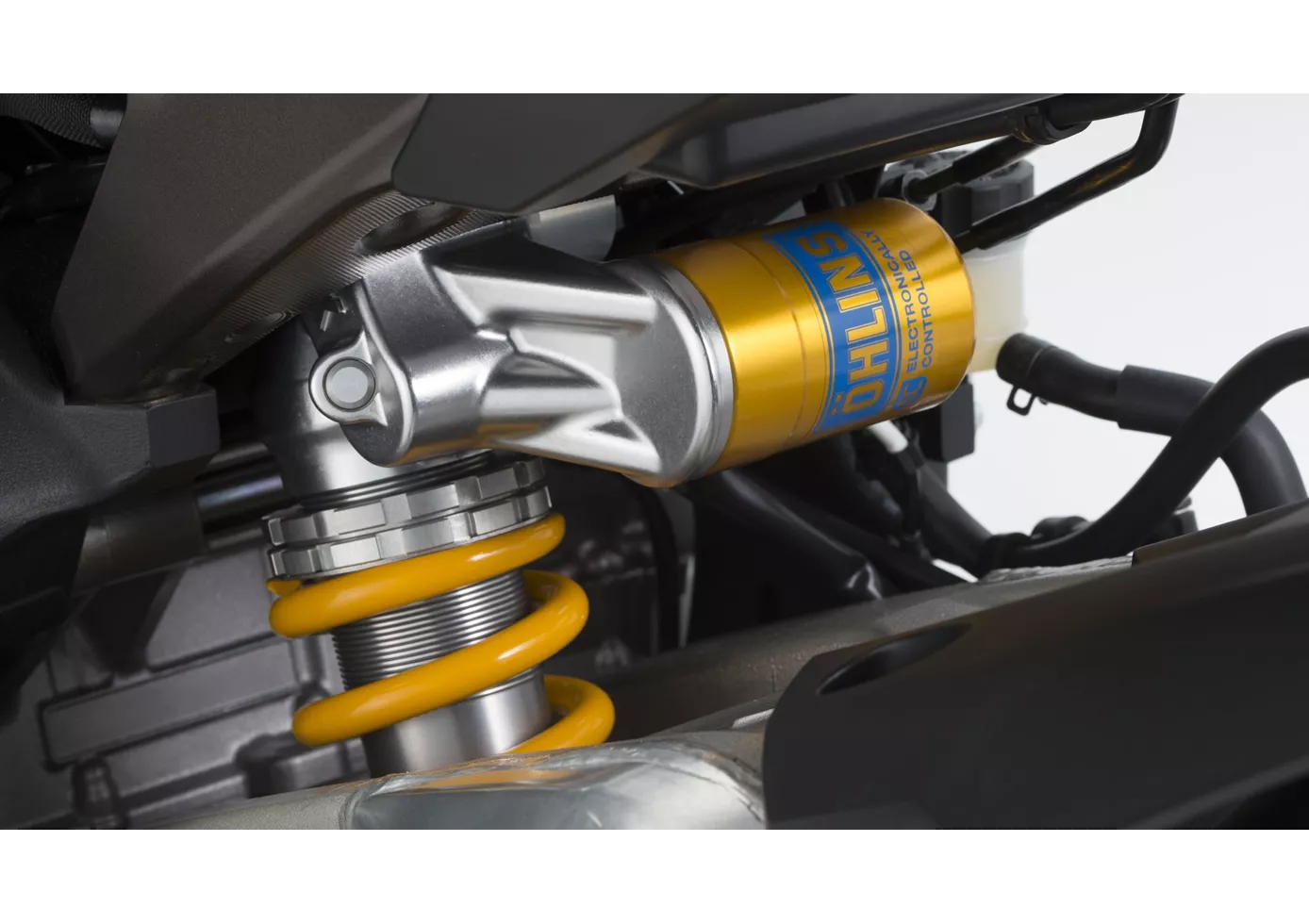
La Yamaha R1M est une moto très chère. Mais ce n'est pas pour des gadgets sans valeur que l'on paie ce supplément, mais pour un châssis racing de haute qualité et d'autres détails savoureux. La R1M est un bon choix pour les pilotes qui équipent toujours leurs motos d'un châssis tuning. Dans la pratique, la R1M se comporte de manière grandiose et le système ERS d'Öhlins semble taillé sur mesure pour elle.
Yamaha XSR900 2022
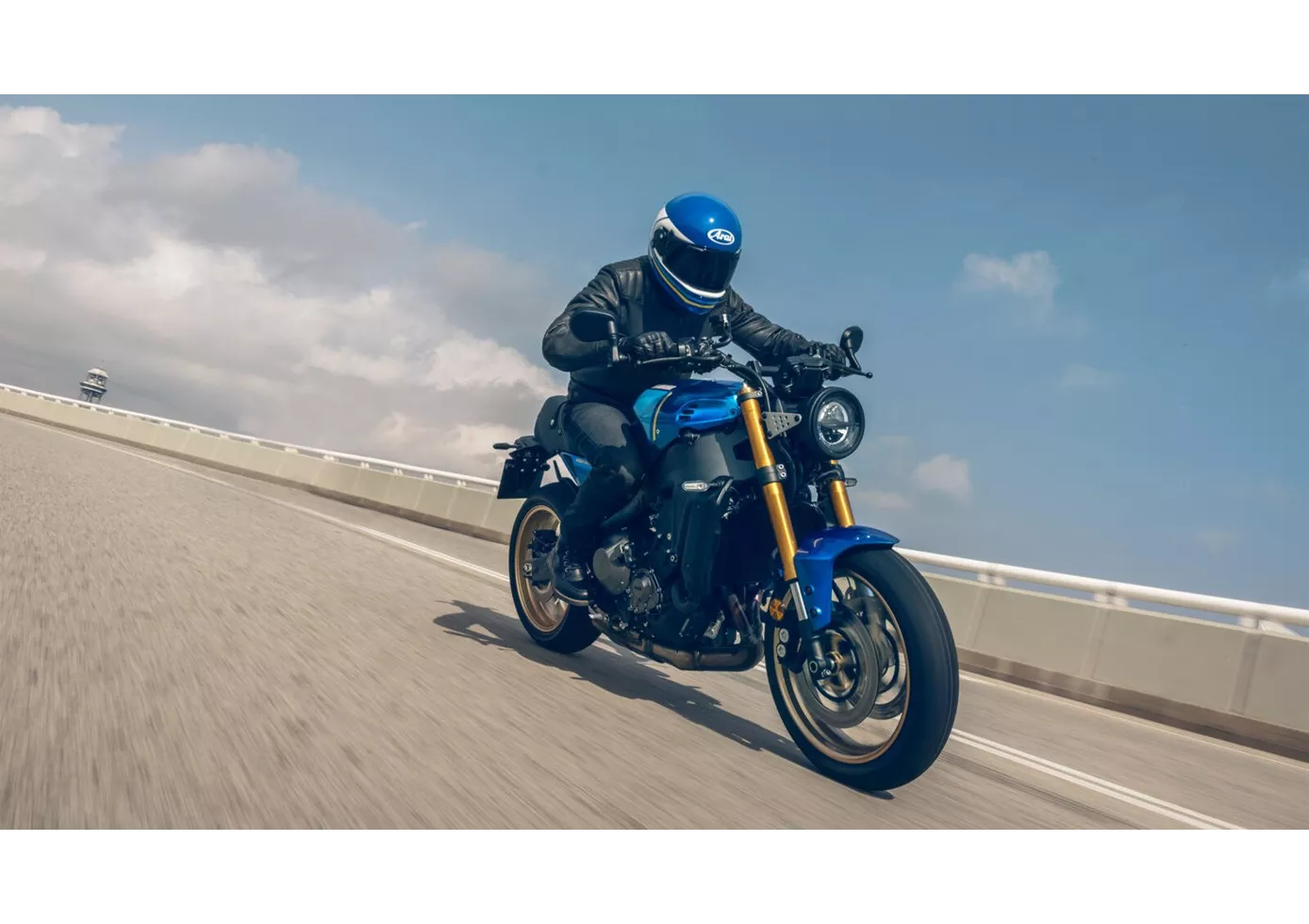
La XSR900 ne veut en aucun cas cacher qu'elle utilise la MT-09 comme base. Avec son package électronique complet, son puissant trois cylindres et ses composants de châssis sportifs, cette moto rétro permet de rouler de manière incroyablement sportive. Espérons seulement que l'on trouvera bientôt une selle plus confortable dans les accessoires - car il faudra faire de nombreux arrêts intermédiaires sur la selle de série.
Price Comparison Avarage Market Price Yamaha R1M vs Yamaha XSR900
There are a few key differences between a Yamaha R1M 2015 and a Yamaha XSR900 2022. It takes less time to sell a Yamaha R1M with 46 days compared to 97 days for a Yamaha XSR900. Since model year 2015 1000PS.de editors have written 26 reviews for the Yamaha R1M and 30 reviews for the Yamaha XSR900 since model year 2016. The first review for the Yamaha R1M was published on 12/3/2014 and now has more than 9,700 views. This compares to more than 17,600 views for the first review on Yamaha XSR900 published on 11/25/2015.

